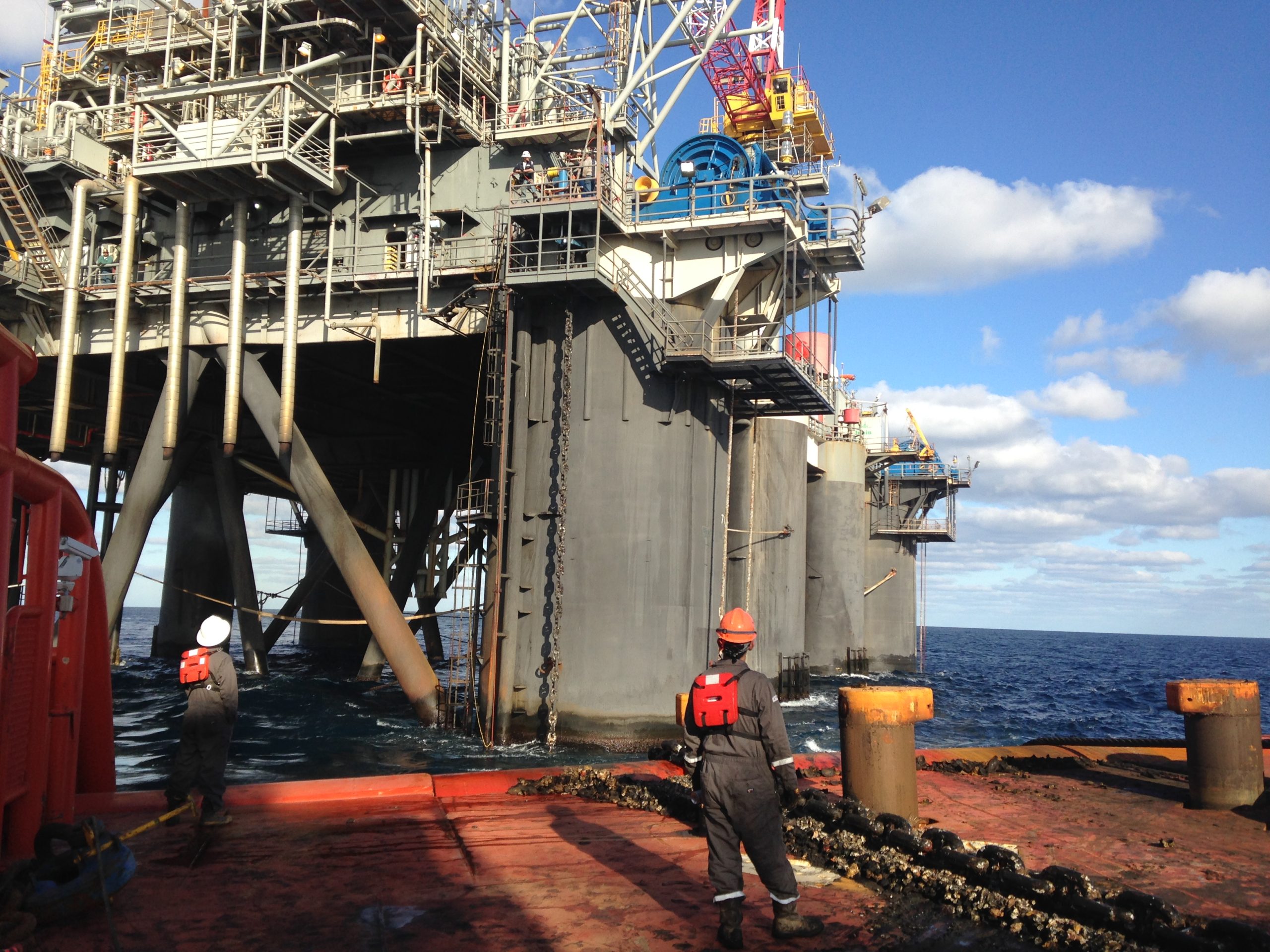
What exactly is mooring?
Any permanent structure to which a vessel can be fastened is called mooring. The most prominent examples are wharves and mooring buoys. Mooring keeps a ship from moving around freely on the water. An anchor mooring secures a vessel’s location about a spot on the waterway’s bottom without tying it to the land. When you secure a vessel to a mooring, it is known as mooring.
Types of Mooring
Usually, temporary anchor mooring is considered of no use. So instead, only permanent anchor mooring is applicable in the world. This type of mooring is used more because of its holding power. Moreover, it does not damage marine flora and fauna.
This is again divided into two main parts:
- Swing Moors: they are also called single-point moorings and stand out as the most common type of mooring. This simple moor consists of an anchor at the lowest part of the waterway attached through a rod or chain that runs afloat on the surface.
- Pile Moorings: pile moorings, on the other hand, are the poles with their tops above the water and are anchored to the bottom of the waterway. The vessels then tie the mooring lines to multiple piles to fix their position. Four essential permanent anchors are sued in mooring– dead weights, mushroom anchors, pyramid anchors, screw-in mooring, and multiple anchor mooring systems.
Summary
Franklin Offshore provides both options- temporary and permanent mooring services. They are also known for the supply of integrated solutions for temporary and permanent types of mooring.